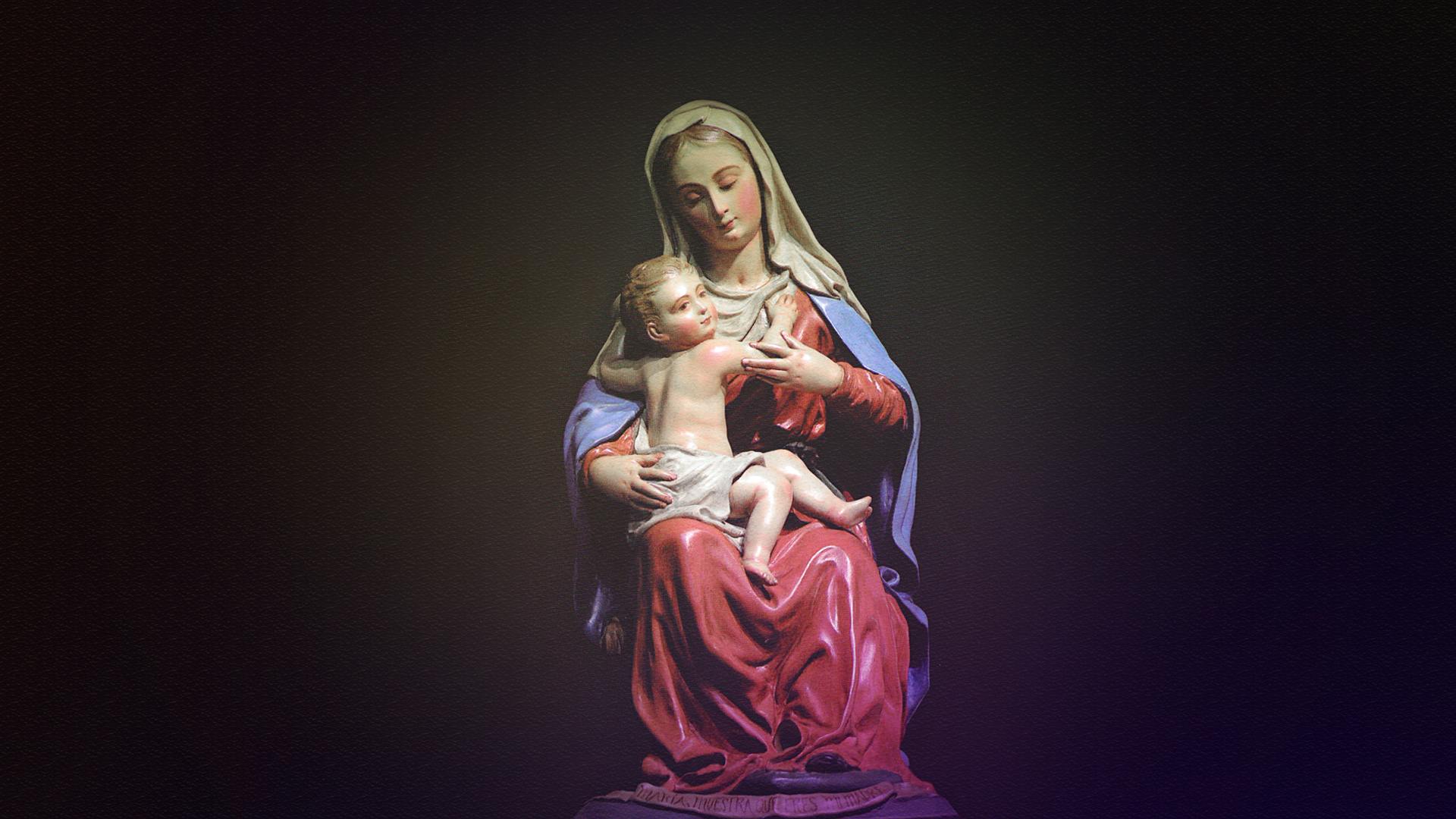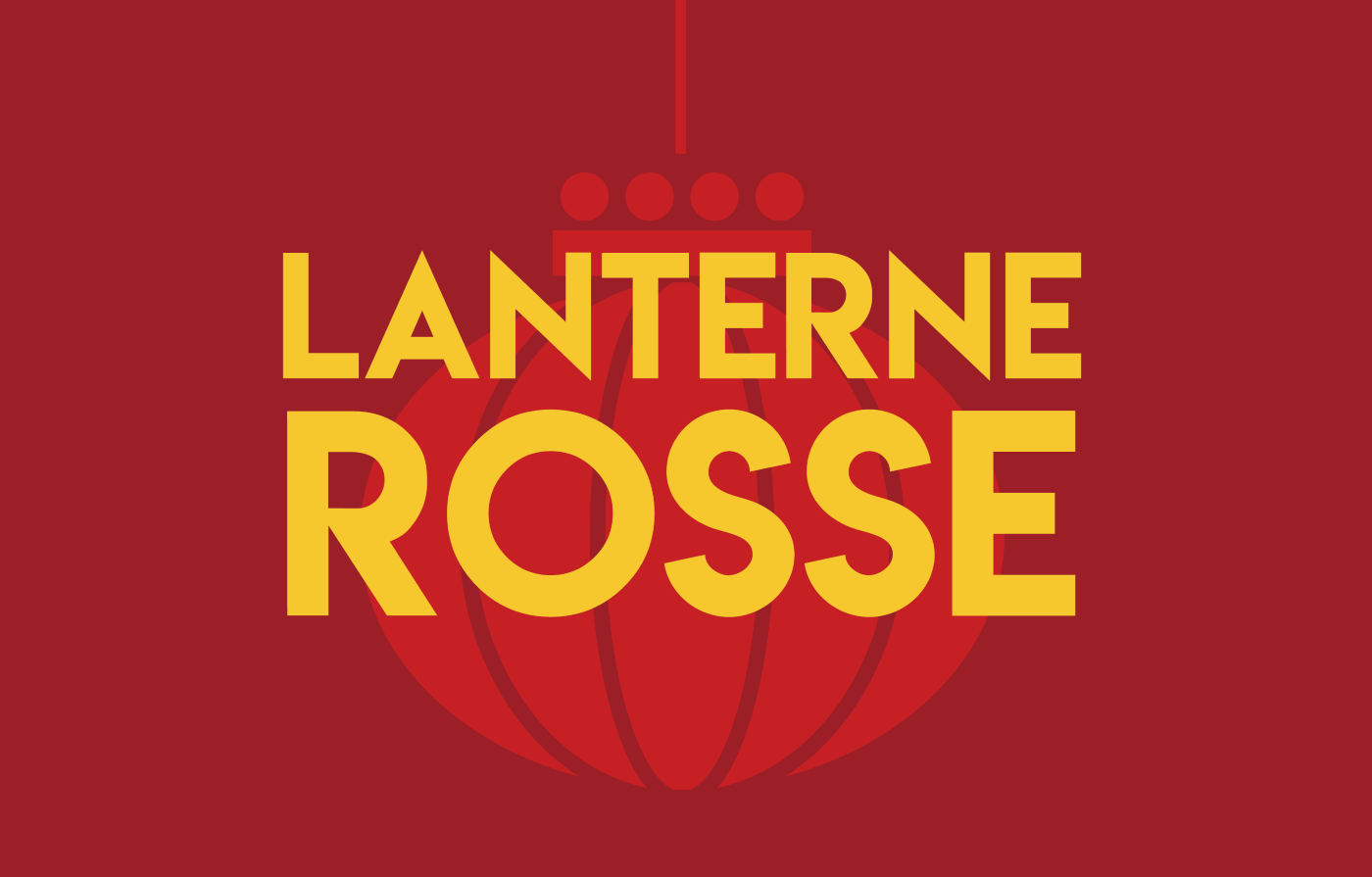Doctrinal Note on Marian Titles: Grace is possible ‘only from God’
The Dicastery for the Doctrine of the Faith today released Mater Populi Fidelis, a document approved by Leo XIV on October 7. It addresses questions raised by the Holy See “in recent decades”. It reiterates the principle that “Christ’s exclusive mediation is conclusive.” The title co-redemptrix is always inappropriate. “The various faces of Mary” reflect "the paternal tenderness of God”.
Vatican City (AsiaNews) – The Dicastery for the Doctrine of the Faith today released the document Mater Populi fidelis – Doctrinal Note on Some Marian Titles Regarding Mary’s Cooperation in the Work of Salvation. In it we can read that, “The central theme that runs through all these pages is Mary’s motherhood with respect to believers”.
In the Presentation, Prefect Cardinal Víctor Manuel Fernández explains the reasons behind the publication, namely the need to respond to “numerous requests and proposals that have reached the Holy See in recent decades”.
The issues discussed, such as the titles and the "proper foundations" of Marian devotion, as well as the presence of "reflection groups” responsible for “sowing confusion among ordinary members of the faithful,” “have concerned recent Popes”.
The Note seeks to consider the various proposals to discern those that are symbols of a “genuine Marian devotion inspired by the Gospel” from those that should be "avoided" because “they do not foster a proper contemplation of the harmony of the Christian message as a whole.”
Cardinal Fernández adds that the Note, translated into several languages, is accompanied by extensive "biblical development," demonstrating how "authentic" Marian devotion is found not only in the Church's Tradition, but also first and foremost in the Sacred Scriptures.
“[R]rather than proposing limits, the present Note seeks to accompany and sustain the love of Mary and trust in her maternal intercession,” he explains.
The document, signed by Prefect Fernández and Mgr Armando Matteo, Secretary for the Doctrinal Section, was approved by Pope Leo XIV on 7 October.
As noted in the introduction, it follows the Norms for Proceeding in the Discernment of Alleged Supernatural Phenomena, published by the same Dicastery on 17 May 2024.
The title, literally The Mother of the Faithful People, refers to the search by many believers, who “have sought to refer to the Mother using the most beautiful words to exalt the special place she holds at Christ’s side.”
The Note released today seeks to affirm that Catholic doctrine has always been clear about the “necessary balance that must be established within the Christian mysteries between Christ’s sole mediation and Mary’s cooperation in the work of salvation”.
In this context, some Marian titles raise doubts about this relationship; for this reason, the Dicastery prefers not to use them.
Mater Populi fidelis first addresses the controversial title of Co-redemptrix. This is a theological concept that emerged in the 15th century as a correction of “Redemptrix”. It has been rarely used in the last 30 years by pontiffs, “without elaborating much on its meaning.”
The Second Vatican Council decided not to use it "for dogmatic, pastoral, and ecumenical reasons." The then-Cardinal Ratzinger, as Prefect of the Congregation for the Doctrine of the Faith, also expressed his opinion on the title in 1996.
He stressed that, “The precise meaning of these titles (including Mediatrix of All Graces) is not clear, and the doctrine contained in them is not mature.”
It is unclear how the doctrine that emerges from these terms "is present in Scripture and apostolic tradition." Pope Francis also followed this position.
Ultimately, for the Dicastery, it is “not appropriate to use the title," as it would obscure “Mary's subordinate role to Christ in the work of Redemption.”
The document also addresses the changes surrounding the title of Mediatrix. The theological question of Marian mediation was investigated in the first half of the 20th century.
The Second Vatican Council "did not enter into dogmatic declarations;” instead, it refers to Mary as mediatrix, although “in a clearly subordinate manner."
The Dicastery emphasises that the “biblical statement about Christ’s exclusive mediation is conclusive,” and does not allow for replies or discussions.
"Christ is the only mediator," it states. Therefore, applying the title to Mary requires "special prudence” even though it recognises her “mediatory role in enabling the Incarnation of the Son of God in our humanity”.
Regarding the title of Mother of Believers, the document from the Dicastery for the Doctrine of the Faith notes that Mary's mediation is realised primarily "in a maternal way”. Two examples of this are the episode of the wedding at Cana and her presence at the foot of the Cross.
“This maternal aspect characterizes the Virgin’s relationship to Christ and her collaboration at every moment of the work of salvation,” reads the note. Mary’s “spiritual motherhood” represents a “unique and singular character”.
She has a “singular relationship with the Redeemer and with those who have been redeemed, of whom she is the first”. She is "the epitome of the Church herself," the document stresses. And her cooperation in salvation is “in Christ, and it is, thus, participatory.”
Mother of Believers is a title that “enables us to speak of Mary’s role in relation to our life of grace.” While it is permitted, according to the Dicastery, to use it, it emphasises that some expressions are "theologically acceptable,” they may be “laden with concepts and symbolism that convey less acceptable notions.”
The example given is Mary understood as a “repository of grace separated from God," or as the "fountain from which all grace flows."
“Such notions elevate Mary so highly that Christ’s own centrality may disappear or, at least, become conditioned,” Mater Populi fidelis reads.
In the Criteria section of the Doctrinal Note on Some Marian Titles Regarding Mary’s Cooperation, it is stated that "any other way" of understanding Mary's cooperation should follow what is set out in Lumen Gentium.
“We must reflect on how Mary fosters our ‘immediate union’ with the Lord – which the Lord himself produces by conferring grace and which we can receive only from God”
Ultimately, Mary’s mediation should not be understood “as a complementary aid that would enable God to work fully,” but should instead be seen “in such a way that it neither takes away anything from” nor undermines the “efficacy of Christ, the one Mediator.”
The Note ends saying that, “The various faces of Mary — Korean, Mexican, Congolese, Italian, and so many others — are ways the Gospel is inculturated that reflect, in every place on earth, “the paternal tenderness of God”.
17/05/2024 19:46







.png)










